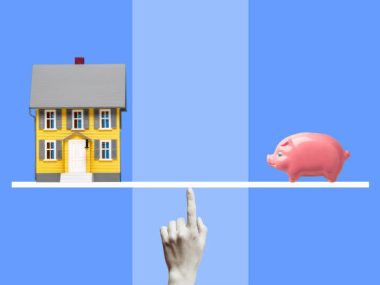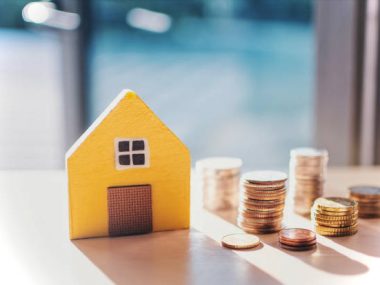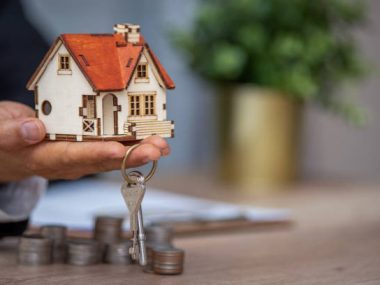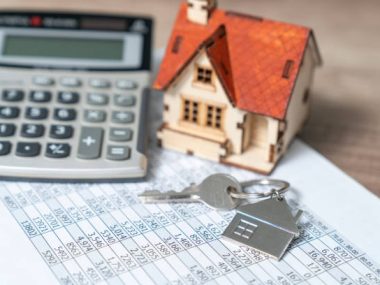Who owns the house in a reverse mortgage? A reverse mortgage is a financial arrangement that allows homeowners to tap into their home equity while maintaining ownership of their property.
This unique lending option has gained popularity as a means for seniors to supplement their retirement income, cover medical expenses, or simply enhance their quality of life.
However, as with any financial product, it’s essential to comprehend the intricacies of a reverse mortgage, including the question of who retains ownership of the house throughout the duration of the loan.
In this article, we will delve into the dynamic relationship between homeowners, lenders, and property ownership within the context of reverse mortgages, shedding light on the rights, responsibilities, and implications for all parties involved.
By understanding the ownership dynamics in reverse mortgages, homeowners can make informed decisions about this financial option and better plan for their financial future.
Also Read:
What Is a Purchase-Money Mortgage? (All You Should Know)
Can I Get a Mortgage with Bad Credit in Canada?
Who Owns the House in a Reverse Mortgage?
In a reverse mortgage, the homeowner maintains ownership of the house while accessing the property’s equity.
Unlike a traditional mortgage, where the borrower gradually pays off the loan, a reverse mortgage enables homeowners, typically seniors, to receive funds from the lender against the value of their property.
Throughout this arrangement, the homeowner retains the title and ownership rights to the house.
However, as the reverse mortgage progresses, the loan amount increases with the accumulated interest and any disbursed funds.
Repayment is usually triggered when the homeowner no longer uses the property as their primary residence or passes away.
At this point, the loan becomes due, and the homeowner’s estate or heirs are responsible for repaying the loan balance.
It’s important to recognize that while homeownership remains intact during the reverse mortgage, certain obligations arise.
Homeowners must continue to pay property taxes, insurance, and maintain the property in good condition.
Failure to meet these obligations could lead to loan default and potential loss of the property.
Overall, a reverse mortgage enables homeowners to access the value of their property without relinquishing ownership.
Understanding the nuances of this arrangement empowers individuals to make informed decisions about their financial future and estate planning.
Key Players in a Reverse Mortgage
A reverse mortgage involves several key players, each with distinct roles that shape the dynamics of this financial arrangement.
First and foremost is the homeowner, typically a senior citizen seeking to unlock the equity in their property without giving up ownership.
The homeowner retains the title and continues to reside in the property, utilizing the funds received from the lender to supplement income or cover expenses.
The lender is another critical player.
It can be a financial institution, often specializing in reverse mortgages, which provides the homeowner with a loan against the property’s equity.
The lender determines the loan terms, interest rates, and the maximum amount that can be borrowed based on factors such as the homeowner’s age, the property’s value, and prevailing interest rates.
Counseling agencies also play a role by offering mandatory counseling sessions to potential borrowers.
These sessions ensure that homeowners fully understand the terms, risks, and benefits of a reverse mortgage, empowering them to make informed decisions.
Furthermore, loan servicers manage the day-to-day administration of the reverse mortgage, including disbursing funds to the homeowner and ensuring the property taxes and insurance obligations are met.
Understanding these key players is crucial for anyone considering a reverse mortgage, as it helps individuals navigate the complexities of the arrangement, make sound financial choices, and safeguard their homeownership rights.
Borrower’s Rights and Obligations in a Reverse Mortgage
Borrowers in a reverse mortgage have a set of distinct rights and obligations that shape their experience within this financial arrangement.
One of the primary rights is the retention of homeownership.
Borrowers, typically seniors, continue to own and reside in their property while tapping into its equity.
They have the right to access loan funds in various ways – as a lump sum, monthly payments, a line of credit, or a combination of these – which can be used to address financial needs and enhance their quality of life.
However, borrowers also carry several obligations.
They are responsible for property tax payments, insurance premiums, and property maintenance, ensuring the house remains in good condition.
Failure to fulfill these obligations could result in loan default and potential loss of the property.
Borrowers also have the right to receive counseling from approved agencies before finalizing the reverse mortgage, ensuring they fully comprehend the terms, risks, and benefits.
Additionally, they have the right to choose the type of reverse mortgage that best suits their needs, whether it’s a Home Equity Conversion Mortgage (HECM) insured by the government or a private reverse mortgage.
Understanding these rights and obligations empowers borrowers to make informed decisions, maintain control over their property, and use the reverse mortgage as a viable financial tool in their retirement years.
Also Read:
Do You Still Pay a Mortgage Lender If They Go Bankrupt?
Can You Roll Closing Costs into Mortgage?
Conclusion
The ownership dynamics in a reverse mortgage are unique, allowing homeowners to retain ownership while accessing their property’s equity.
This arrangement provides seniors with a valuable option to supplement their income without giving up their homes.
It’s crucial to grasp that while ownership remains, borrowers must meet obligations such as property tax payments and maintenance.
As the loan progresses, repayment becomes due upon the homeowner’s departure or passing, with the estate responsible.
Understanding these intricacies empowers individuals to make informed choices, ensuring the benefits of a reverse mortgage are harnessed while safeguarding their homeownership and financial well-being.






